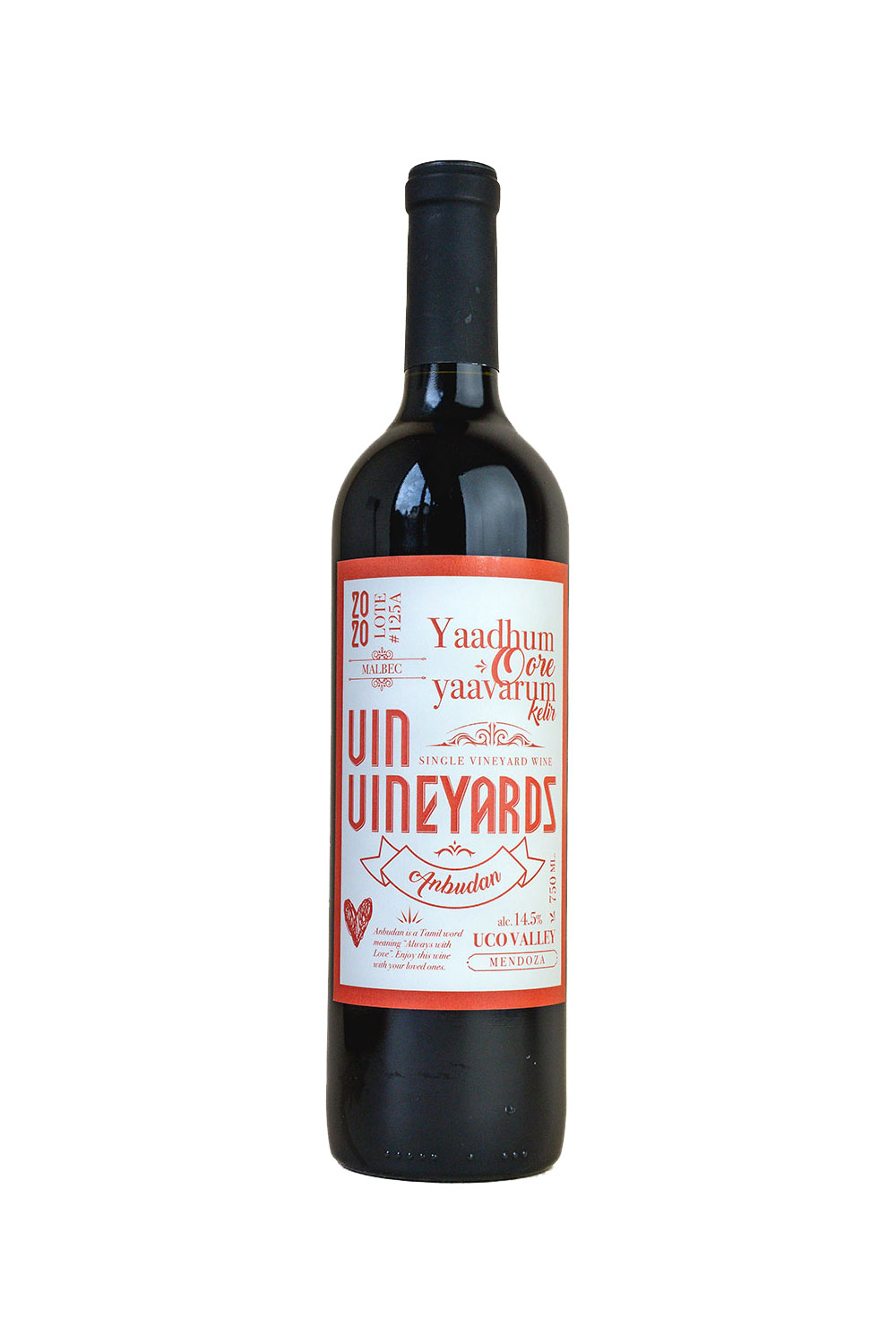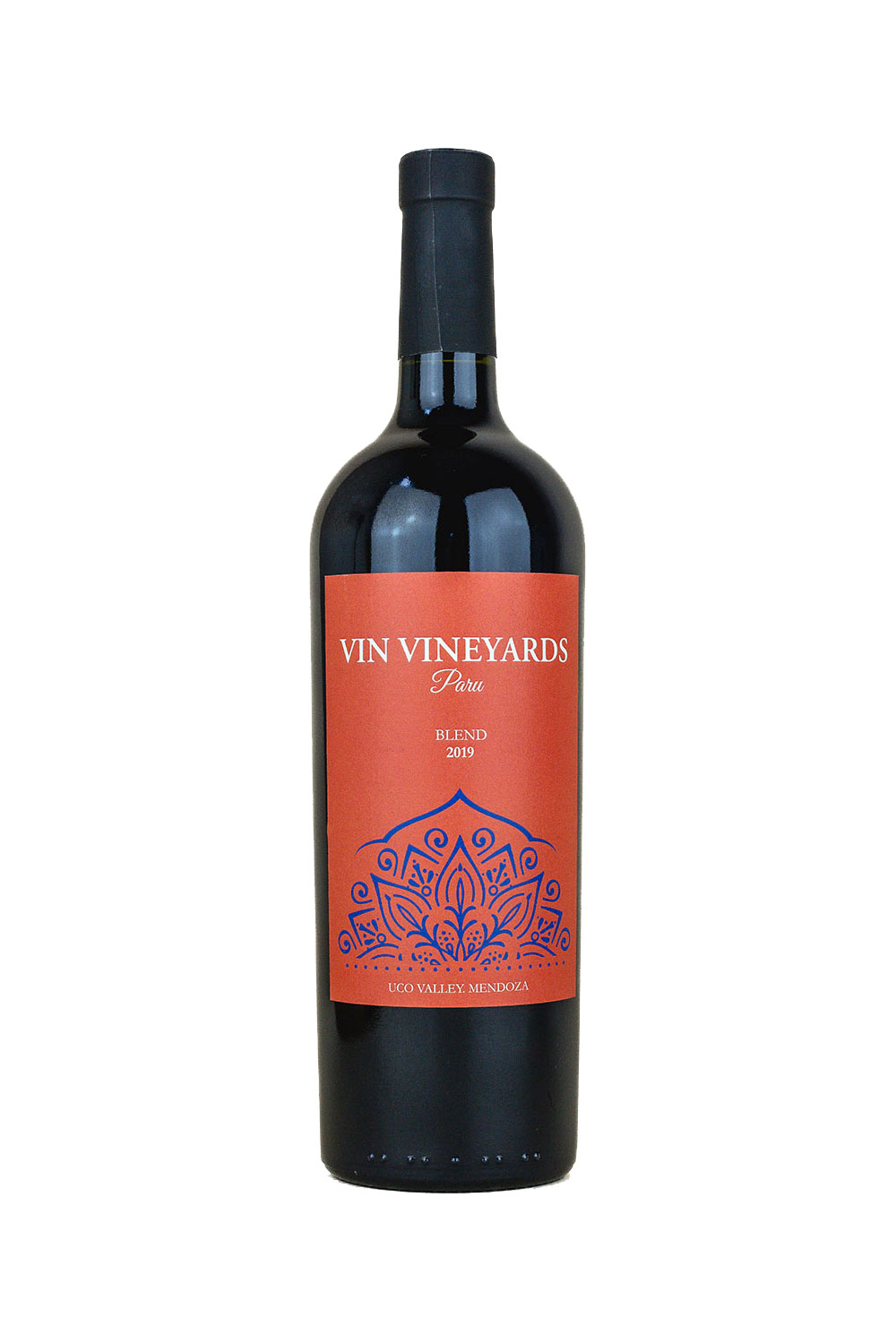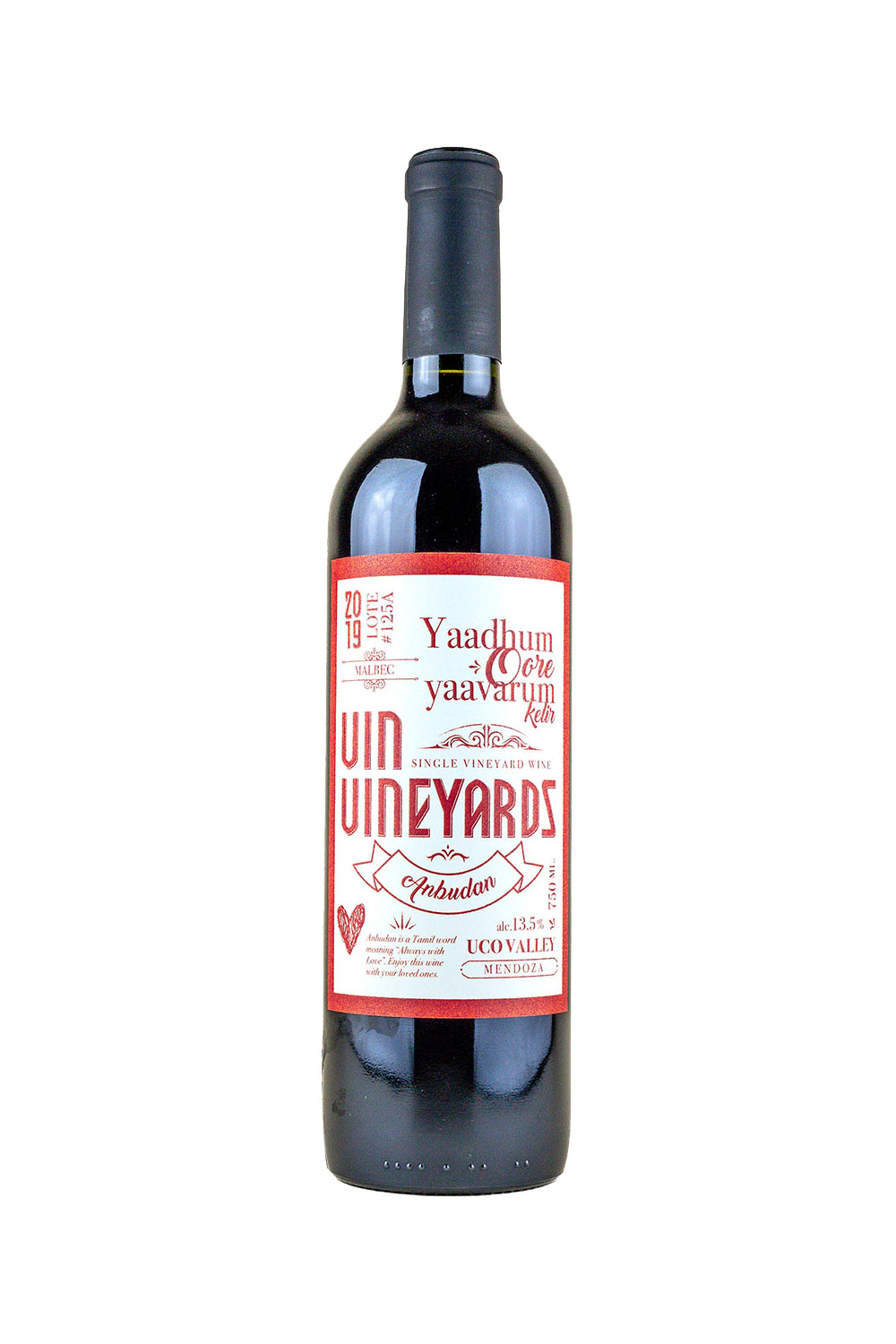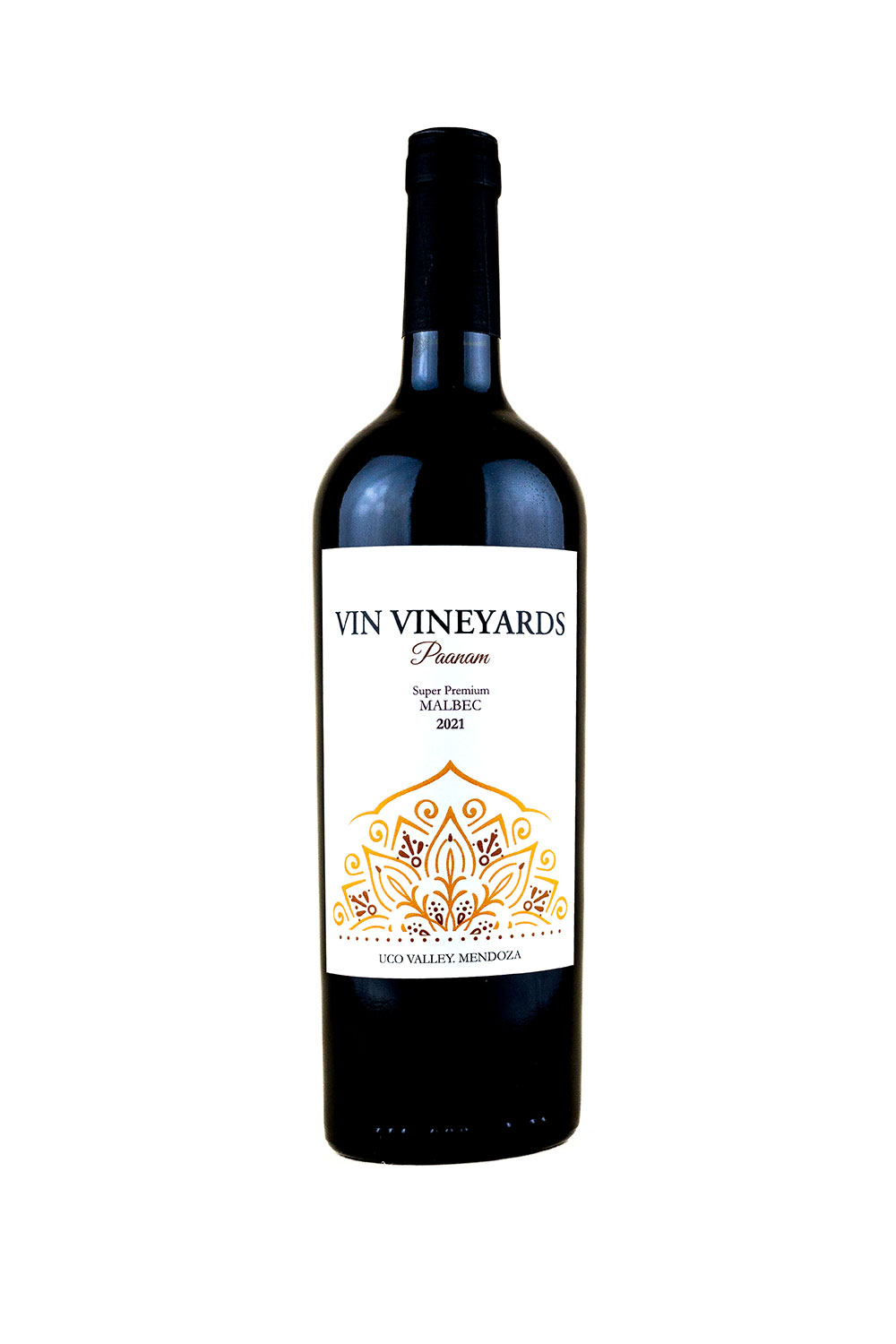2020 Anbudan Malbec Red Wine
Pricing includes duty and VAT.
£21.00 bottle (75cl)
In stock
Free Delivery on orders over £100. Click here for more details.
The 2020 Anbudan features vibrant color intensity and fresh, silky tannins. Its flavors and aromas include plum, cherry, and herbs. Perfect for sharing with your loved ones.
# of Bottles Produced: 588 – Limited Production.
Colour: Red
Type: Premium. Click here to learn more.
Vintage: 2020
Vintage Rating*: 8
Likely Maturity: Drink or Keep
Sweetness: Dry
Alcohol Vol: 14.5%
Grape/Blend: Malbec
*Vintage rating gives you an indication of the quality of recent vintages in the world’s key wine regions. Each year is given a score, from 1 (very poor) to 10 (outstanding).
Appetiser Pairing
A charcuterie platter with salami, Ibérico ham, Taleggio cheese, Manchego cheese, farmhouse Cheddar. This wine goes well with Beef Empanadas, Stuffed Jalapeños, Beef/Lamb/Pork/veg kebabs.
Cheese Pairing
Blue cheeses (Example: Stilton), Aged Cheddar, Manchego, Taleggio and sharp herbal artisan cheeses.
Meat Pairing
BBE/Grilled Beef, Portk and Lamb
Vegetarian Pairing
Stuffed Jalapeños, Cheddar Mac-n-Cheese, Grilled Mushroom, Roast Potatoes, egg plant, squash, sauteed spinach
Free Delivery on orders over £100.
All orders that do not meet the minimum £100 threshold will incur a £7.95 delivery charge.
We deliver across mainland UK. The delivery charges are for UK Mainland only.




